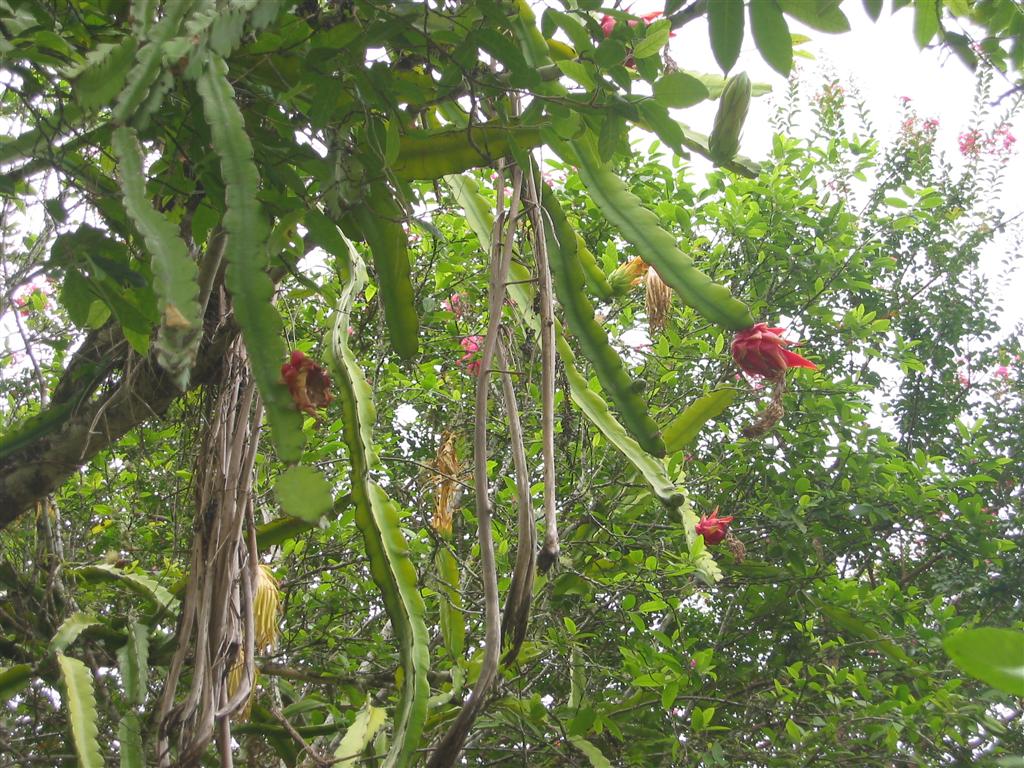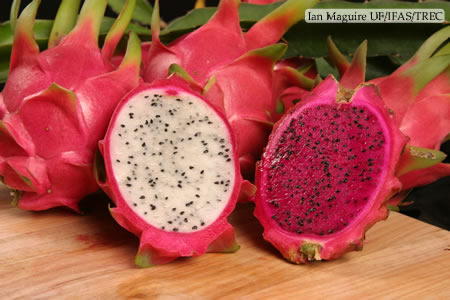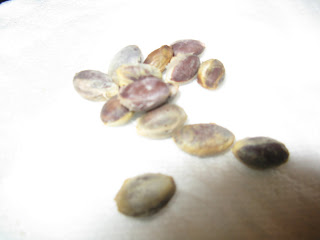I'm writing this as my seeds are soaking, so let's backtrack slightly. I got to them about about 4:30 on may 14
th, and with the great packaging I found them in a
Ziploc bag with a moist paper towel surrounding them... about a dozen of the glistening jewels. I opened up the package, and I found that I had received the fruit, not the seeds, as I had expected. This surprised me, because generally large companies who sell the seeds pick the fruit, clean all of the tissue surrounding the seed, which they make into tablets, and then package the seed. I got the fruit whole which meant that the seeds have a much higher germination rate and I can keep them in the
towelette until I plant them. Not only that, but I
received fourteen instead of the 12 I ordered, which I have to thank
Ethan of
http://www.ethanbradley.com/for. Thanks!
Because I was able to breathe a little, since the seeds now had a much longer shelf life, I set to do what I should have done before--- prepare the germination pots. This was actually much more difficult than I thought it would be, since I had to get the soil (which now seems more like glass) to exactly the right moisture, and into these impossible containers. After a lot of spilling, I finally got the correct amount of soil into a dozen fragile containers (and two little cups for the extra. pictures enclosed also.)
Not to bore you any more, but I realized just how draining the soil was. I was using a 50-50 mix of perlite and peat moss, and the water just plonked straight through the draining holes. At least I have the "Well drainage" soil.
Now the even more difficult part of cleaning the seeds, which I had no idea how to do (I didn't know I was getting the fruit.) After quite a bit of searching, I found someone explain how to do it. First, soak the seeds for about 30 minutes, what I'm doing now. Use a light brush to clean all of the pulp off (the stuff that actually makes stuff sweet, which is why I can't use the fruit off of these seeds)get a small paper towel and moisten it with my gibberellic acid solution, and keep the fruits in there for an hour or so. After that, plant the seeds on their side, lightly under the soil, and drip a little bit of acid on them.
I'll update this with more pics when I finish cleaning, and eventually plant!



















